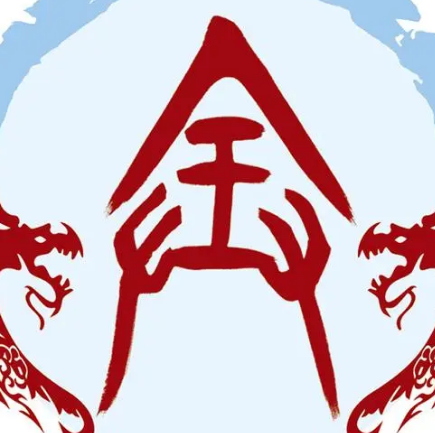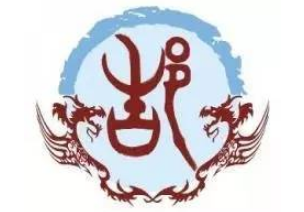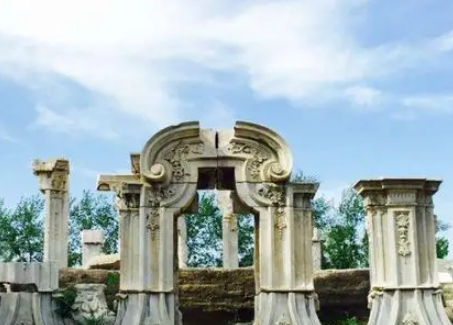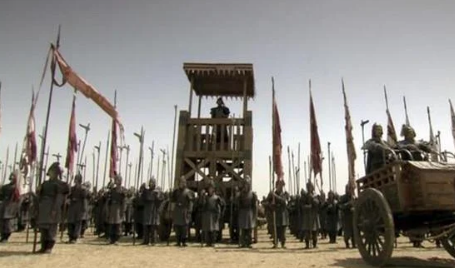The Great Wall, as a magnificent defensive engineering feat of ancient China, not only astounds the world with its imposing architecture, but also attracts countless tourists with its rich history and legends. Among them, the story of the Three Gates of the Great Wall in Beijing is particularly fascinating. This article will introduce you to the origin and legends behind the Three Gates of the Great Wall.

The Three Gates of the Great Wall are located in Beijing, specifically at Juyongguan, Zijingguan, and Daomaguan. These three passes have played significant roles in history, serving as crucial barriers for safeguarding the safety of the capital. There is a long-standing legend regarding the origin of these three gates.
Legend has it that during the Ming Dynasty, nomadic tribes from the north frequently raided the border, posing a serious threat to the security of the capital. To strengthen the defense, Emperor Zhu Di ordered the construction of a formidable Great Wall. However, due to its immense length, many difficulties arose during the construction process. One day, Emperor Zhu Di dreamed of a deity who told him, "If you want the Great Wall to be eternal, you must find three sacred stones and place them at three crucial passes."
Upon waking, Emperor Zhu Di immediately sent people to search for these three sacred stones. After arduous efforts, they finally found a giant stone, a copper stone, and an iron stone. Believing that these three stones were the sacred stones mentioned by the deity in his dream, Emperor Zhu Di ordered them to be placed at Juyongguan, Zijingguan, and Daomaguan respectively. Since then, these three passes have been collectively known as the "Three Gates of the Great Wall," forming the most fortified section of the Great Wall's defense line.
Each of the Three Gates of the Great Wall possesses unique characteristics and historical significance. Juyongguan, located at the northern end of the Badaling section of the Great Wall, occupies a strategically important position and was a crucial passage connecting the ancient capital to the northwest. Zijingguan, situated at the western end of the Mutianyu section, is flanked by steep mountains, making it easy to defend but difficult to attack. Daomaguan, located at the eastern end of the Simatai section, derives its name from the treacherous terrain that even horses cannot traverse.
All three gates have played significant roles in history and witnessed countless wars and heroic deeds. Nowadays, the Three Gates of the Great Wall have become important tourist attractions in Beijing, drawing a large number of domestic and foreign visitors. Here, tourists can not only admire the magnificent scenery of the Great Wall but also delve into the legends and stories behind the Three Gates, experiencing the wisdom and bravery of the Chinese nation.
In conclusion, the legends of the Three Gates of the Great Wall are an integral part of the rich historical culture of the Chinese nation. They bear witness to the historical changes of the Great Wall and embody the bravery and wisdom of the Chinese people. Let us cherish these precious cultural heritages, carry forward the spirit of the Great Wall, and contribute to the prosperity and thriving of the Chinese nation.
Disclaimer: The above content is sourced from the internet and the copyright belongs to the original author. If there is any infringement of your original copyright, please inform us and we will delete the relevant content as soon as possible.
Guess you like it

What is the identity of Zhuge Gui: the leader of the Three Kingdoms think tank

Pronunciation and Cultural Inquiry of the Surname Quan

Is the Sengoku period in Japan really just a series of village fights? What is the actual truth behind it?

Ancient Tradition of the Gao Surname: Noble Bloodline Originating from the Royal Family of Zhou

Why did Rommel fail in the North African battlefield? What are the reasons for Rommels failure?

The Loss and Recovery of Cultural Relics from the Old Summer Palace

Why did the Zuizhi War fail? What were the reasons for its defeat?

Yang Dun and Yang You: Two princes in the long river of history, intersecting and colliding with their destinies.

What was the strength of the German forces in the North African battlefield? How many troops did Germany send?

Whats the story behind the anecdote of Emperor Kangxi and Hami melon?









